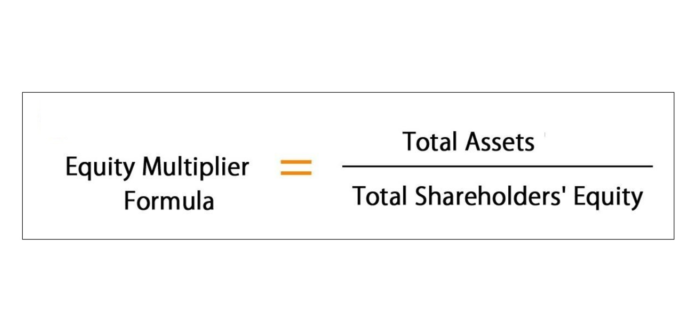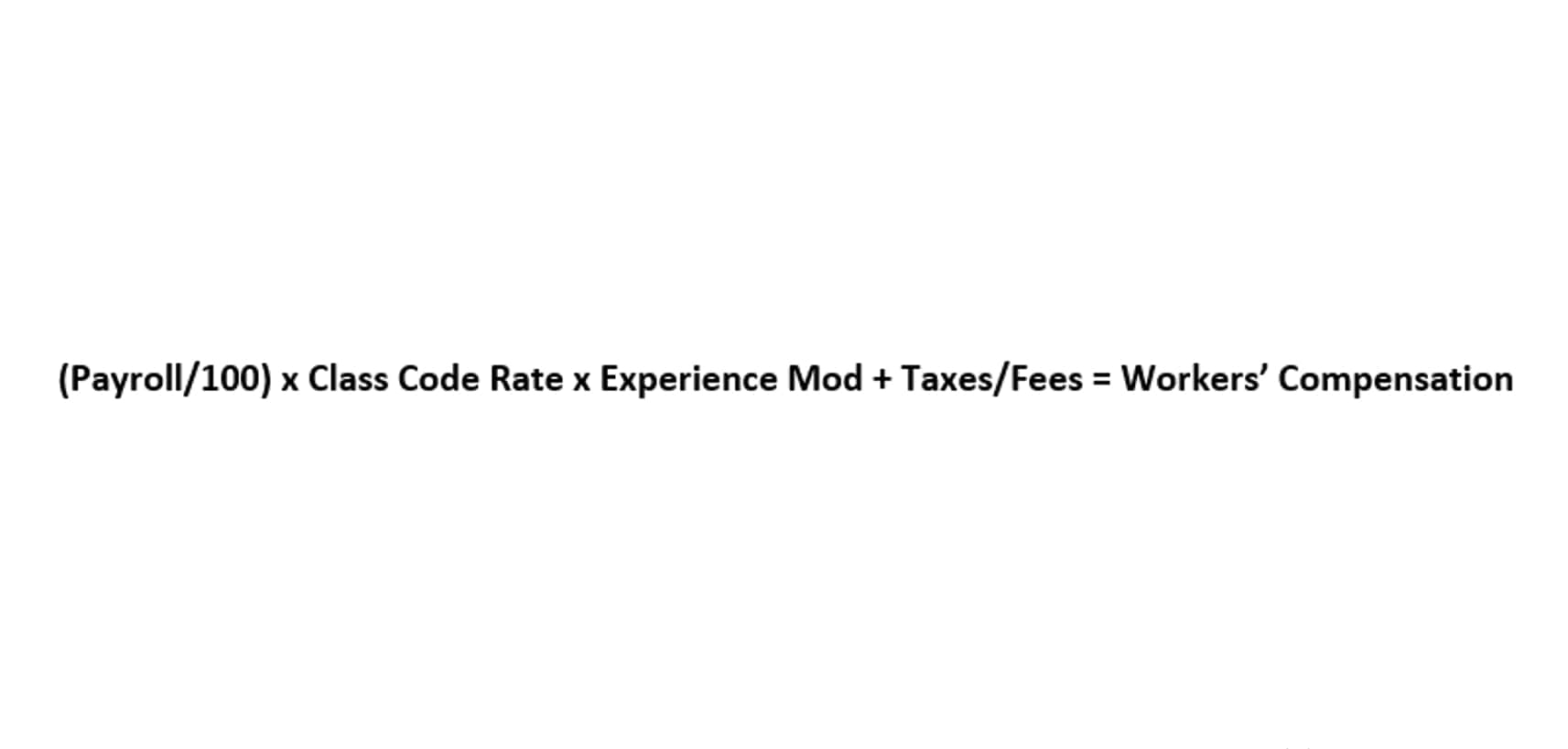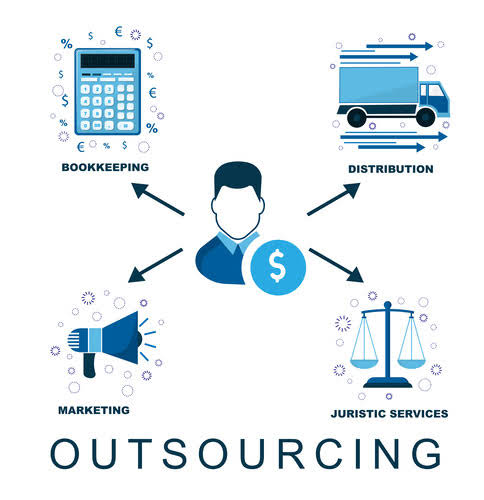Equity Multiplier Ratio

Therefore, comparing the equity multiplier across companies should be done within the context of industry norms. The equity multiplier is a crucial financial ratio that offers insight into a company’s financial leverage. Understanding how the equity multiplier works and its implications can help investors, analysts, and finance professionals make informed decisions. By diving into its calculation, interpretation, and impact on financial performance, this article will provide a thorough exploration of the equity multiplier.

What Is the Equity Multiplier and Why Does It Matter in Finance?
When a company aggressively depreciates its assets, the total assets on the balance sheet shrink faster than they might in reality. This can skew the equity multiplier, making it appear higher than it truly is. So it’s like looking at a funhouse mirror—things aren’t always as they seem. But before you write off high equity multipliers as villains, remember that context is the equity multiplier is equal to: everything. In some cases, a higher equity multiplier might reflect a company’s strategic use of debt to achieve higher profitability.
The Equity Multiplier: Breaking Down a Company’s Capital Structure
- Both ratios provide insights into a company’s financial leverage but from slightly different perspectives.
- To get a more complete picture of a company’s leverage, you would need to calculate equity multiplier over multiple periods of time.
- However, a very low multiplier might also suggest the company isn’t taking advantage of borrowing opportunities or can’t secure favorable debt terms.
- While debt ratio compares total liabilities to total assets, equity multiplier compares equity specifically.
- It’s important to note that equity multiplier only provides a snapshot of a company’s financial leverage at a single point in time.
- The values for the total assets and the shareholder’s equity are available on the balance sheet and can be calculated by anyone with access to the company’s annual financial reports.
You can use an equity multiplier calculator or manual equity multiplier calculation. Once you have the equity percentage, you can see financing between equity. Chartered accountant Michael Brown is the founder and CEO of Plan Projections. He has worked as an accountant and consultant for more than 25 years and has built financial models for all types of industries. He has been the CFO or controller of both small and medium sized companies and has run small businesses of his own.
- In contrast, technology and service-oriented sectors often exhibit lower equity multipliers.
- The DuPont analysis looks at the various components of a company’s return on equity — in other words, earnings divided by shareholders’ equity.
- On the other hand, it also indicates a higher level of financial risk, as the company must manage and service its debt obligations.
- The company’s proportion of equity is low, and therefore, depends mainly on debt to finance its operations.
- Total assets include everything the company owns, both short-term and long-term.
- Every investor needs to look at other companies in similar industries and glance at different financial ratios to get a better idea of where each of them stands.
Comparing Equity Multiplier with Other Leverage Ratios
It is calculated by dividing the company’s valuation by the number of shares you own. Equity multiplier can also compare the financial leverage of different companies. Businesses with a higher equity multiplier generally are more leveraged. High equity multiplier http://chuah.my/?p=9339 is a high risk indicator since the company is more reliant on debt financing. Additionally, a low equity multiplier is not always a positive indicator for a company. In some cases, it could mean the company is unable to find lenders willing to loan it money.
- Analysts use it to evaluate risk, returns for shareholders, and the overall health of a company’s balance sheet.
- The key is to analyze it within the context of the company’s industry, business model, and overall financial health.
- With total assets of $323 billion and shareholders’ equity of $176 billion, Apple has taken on $147 billion in debt to finance its operations and growth.
- The equity multiplier formula is calculated by dividing total assets by total stockholder’s equity.
- Apple, an established and successful blue-chip company, enjoys less leverage and can comfortably service its debts.
- Equity multiplier can compare the financial leverage of different companies.
Role of Financial Statement Items
Mature SaaS companies typically have a stable and predictable recurring revenue base, lower CAC due to brand recognition and established sales processes, and positive cash flows. These firms often can take on more debt financing, leading to a higher equity multiplier. Verizon’s much lower proportionate shareholder equity value indicates that the business relies more heavily on financing from debt and other interest-bearing liabilities. The company’s telecommunications business model is more reminiscent of utilities firms, which have stable, predictable cash HOA Accounting flows and typically carry high debt levels. This is because it is calculated by dividing total assets with total equity. Since both total assets and total equity are positive numbers, equity multiplier will always be a positive number.
The equity multiplier is calculated by dividing total assets by the common stockholder’s equity. Comparing equity multipliers in this manner enables assessing relative risk-reward profiles across investment options. It also contextualizes capital structure decisions specific to certain industries. Apple’s equity multiplier is also reflected in its equity-to-asset ratio of 55% ($176B/$323B). This shows shareholders have claim to 55% of Apple’s total assets, with creditors funding the remaining 45%.
Why should an investor depend on DuPont analysis after looking through multiplier?

Overall, Apple’s equity multiplier indicates a balanced approach to debt financing. The company is leveraging debt to maximize opportunities while maintaining a level of safety for shareholders. This post will clearly explain the equity multiplier formula, its meaning, and how to strategically use it to evaluate financial risk and return. Let us now consider the same example to check how to use the equity multiplier formula in Excel with the two inputs – Total Assets and Equity Multiplier. Here, the available details help calculate the equity multiplier ratio easily in the template provided. The choice often depends on the specific aspect of financial leverage you want to emphasize.
Managing Financial Leverage with the Equity Multiplier
The formula for equity multiplier is total assets divided by stockholder’s equity. The multiplier ratio is also used in the DuPont analysis to illustrate how leverage affects a firm’s return on equity. Higher multiplier ratios tend to deliver higher returns on equity according to the DuPont analysis. At the end of the day, the ideal equity multiplier depends on various factors—industry norms, company strategy, and overall financial health.

Find the talent you need to grow your business

It tells the story of how a company has chosen to build its foundation—on the solid rock of its own equity or with the powerful, but risky, lever of debt. A high equity multiplier (e.g., 3, 5, or even higher) indicates an aggressive financial strategy that relies heavily on debt. A high multiplier means the company is using a lot of debt (a small amount of equity is lifting a large number of assets). Monitoring interest rate impacts on equity multipliers also helps investors select stocks best positioned to navigate shifting monetary policies. Companies with room to take on more leverage may outperform in periods of easing rates. Conversely, falling rates makes taking on debt cheaper, often leading to an increasing equity multiplier.

